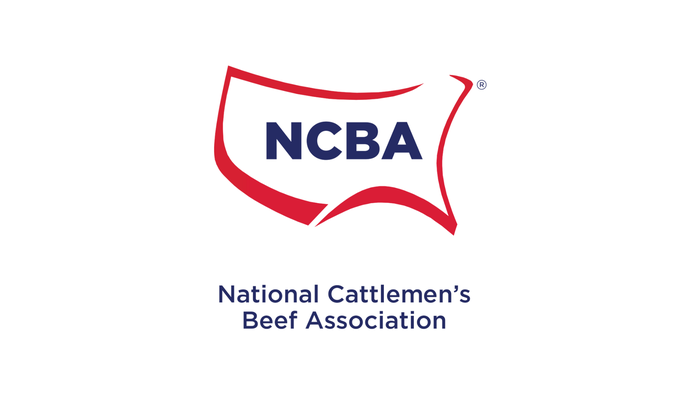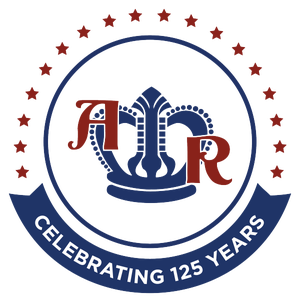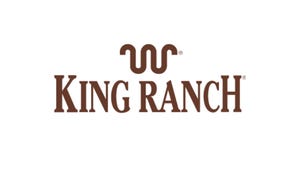Farm Business Management
More Topics
thumbnail
Market news
Meat Institute: Properly prepared beef remains safeMeat Institute: Properly prepared beef remains safe
USDA, CDC need to provide guidance specific to beef processors to ensure workers are protected from HPAI infection.
Subscribe to Our Newsletters
BEEF Magazine is the source for beef production, management and market news.









.jpg?width=300&auto=webp&quality=80&disable=upscale)











.png?width=300&auto=webp&quality=80&disable=upscale)
.png?width=300&auto=webp&quality=80&disable=upscale)














